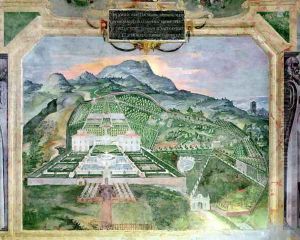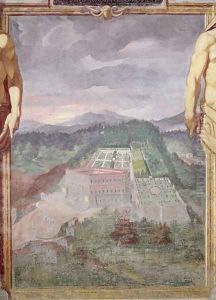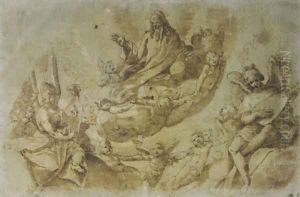da Reggio Raffaellino Paintings
Raffaellino da Reggio, born in 1550 in Codemondo, a locality of Reggio Emilia, Italy, was an Italian Mannerist painter whose work was influenced by the major artistic movements and figures of his time, including Correggio and the Parmigianino. Despite his relatively short life, Raffaellino left a notable mark on the late Renaissance art scene through his distinctive style and contributions to religious and mythological subjects.
Raffaellino's artistic journey began under the guidance of eminent masters of the era. He was initially a pupil of Prospero Fontana in Bologna, which was a significant center for the arts and education during the Renaissance. His early works showcase a blend of his master's influence and his own emerging style, characterized by graceful figures and a delicate use of color. Raffaellino's talent quickly became evident, and he moved to Rome to further his career.
In Rome, Raffaellino's style evolved as he absorbed the influences of the Roman school and was particularly inspired by the works of Raphael and Michelangelo. He became known for his frescoes and altarpieces, which combined the dynamism of the High Renaissance with the elegance and refinement of Mannerism. His ability to infuse his subjects with emotion and his skillful use of light and shadow made his works highly sought after.
One of his most notable contributions was his work in the Vatican under Pope Gregory XIII, where he executed several important commissions. However, despite his growing reputation and the patronage of the papacy, Raffaellino's career was cut short by his untimely death in 1578, possibly due to the plague that was ravaging Italy at the time.
Raffaellino da Reggio's legacy is preserved in the churches and galleries that house his works, including the frescoes in the Vatican and his altarpieces in various Italian churches. His influence extended beyond his lifetime, impacting the development of Baroque art. Today, he is remembered as a talented artist who bridged the gap between the Renaissance and the Baroque, embodying the transition with his unique blend of realism and idealism.



